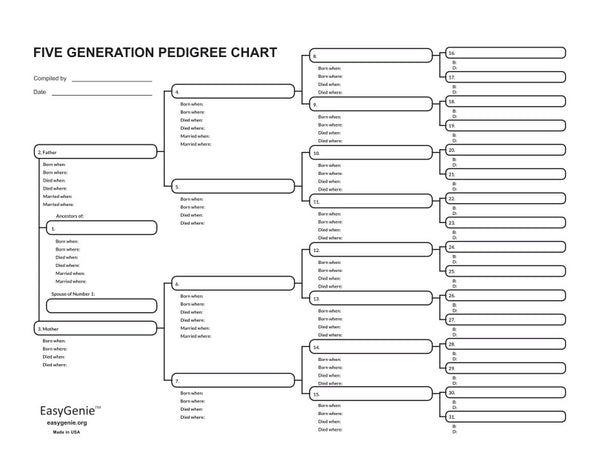
Memory holes: A native American oral history practice that impressed the Pilgrims
Ian LamontI’m in the midst of reading Mayflower, in which author Nathaniel Philbrick describes the early contact between the English Pilgrims and the native Pokanoket (part of the modern-day Wampanoag) in what is now southeastern Massachusetts. Many of you reading this newsletter have ancestors who were from one or both groups of people.
The book contains an account about a local practice Philbrick calls “memory holes.” The original source is a 1624 publication by pilgrim leader Edward Winslow, Good Newes from New England, or a True Relation of Things very Remarkable at the Plantation of Plimouth in New England. He wrote:
“Instead of records and chronicles, where any remarkable act is done, in memory of it, they make a round hole in the ground about a foot deep. When others passing by behold, they inquire the cause and occasion of the same ... And least such holes should be filled, or grown up by any accident, as men pass by they will oft renew the same: by which means many things of great antiquity are fresh in memory.”
Winslow was clearly impressed by this oral history practice, which served a similar purpose to the English tradition of published chronicles. Indeed, even today, the ancient practice has parallels in every culture. Genealogists will recognize it every time we share records of our own ancestry or relate a story about a family member or historical event.
The imperative, then as now, is maintaining those stories and records. It requires a real effort to keep those memories and facts alive for the generations that follow … but it can be done!







